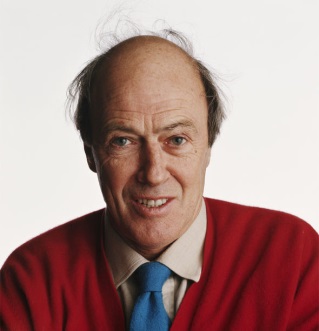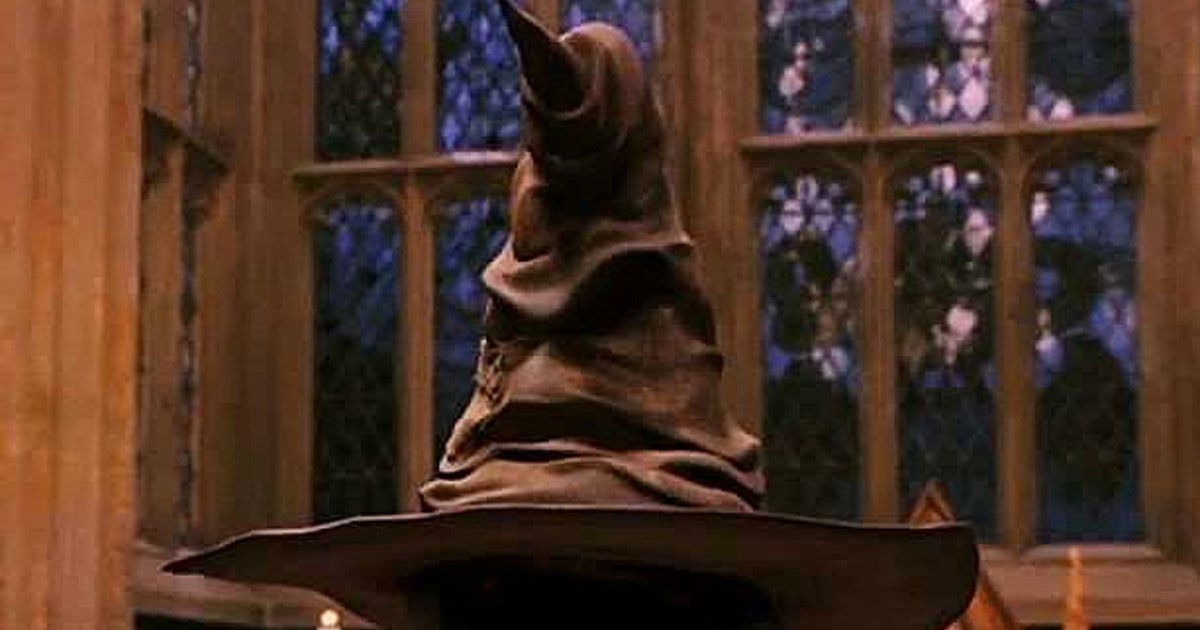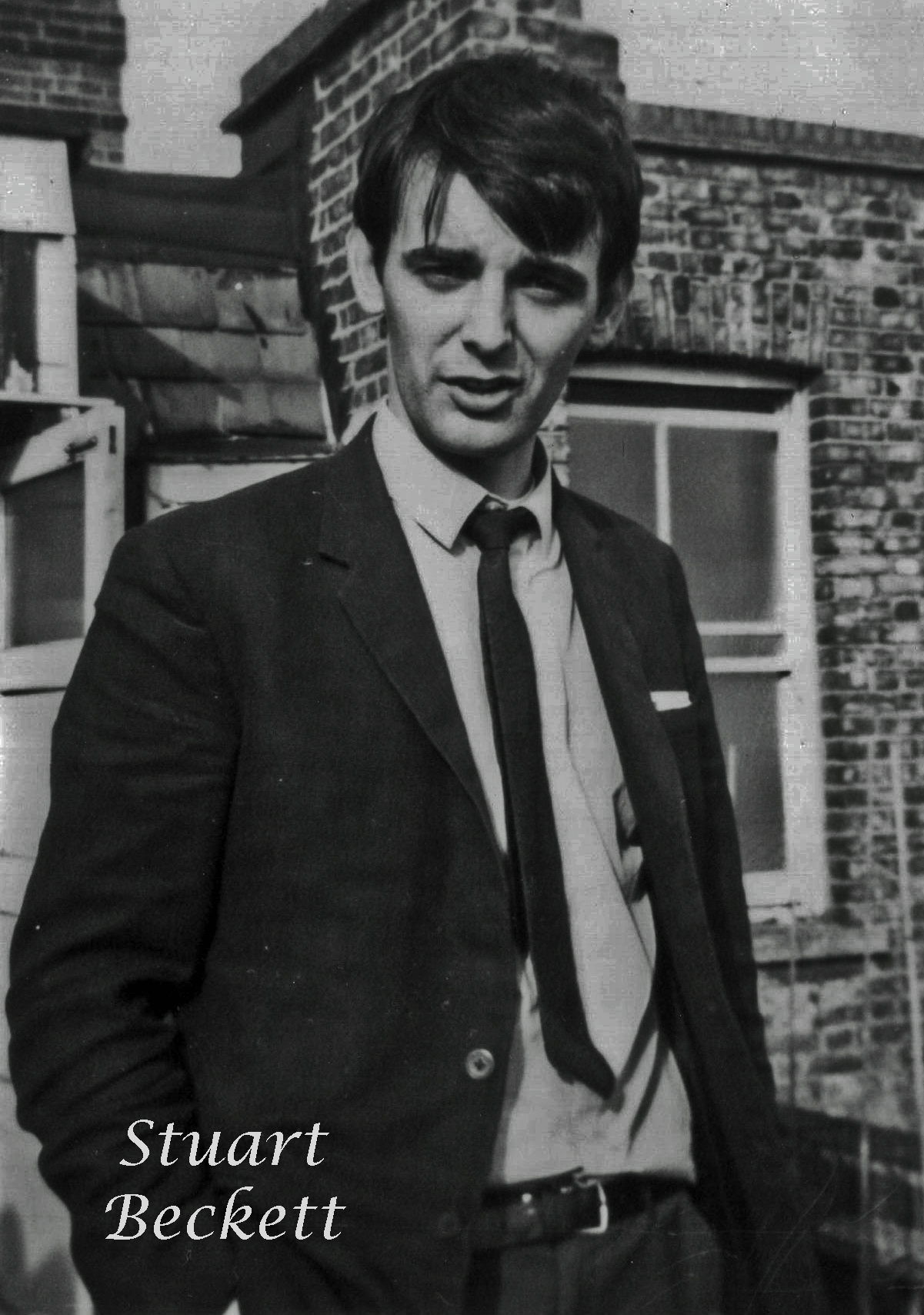When I was older, I became a Professor of English, and taught students at various universities in Norway, Australia, and the United States. I suppose if one teaches literature one should like literature. But the fact of the matter is that the great majority of literature for children is third rate, especially when you notice how much racism in children’s books there is.
This is made worse by the fact that the majority of academics and teachers are wary of criticizing ‘canonical’ writers, even if they happen to be blatant racists, Nazi sympathizers, paedophiles and drug addicts. In other words, this is a case of “You can knock on a deaf man’s door forever.”270
A good example is how students and teachers are deaf to criticisms of Roald Dahl, especially in Norway. This is hugely due to the fact that Dahl is perhaps the best known ‘Norwegian’ author internationally. For example, the universities I taught at between 1998 and 2018 would almost always include a Dahl book on the syllabuses for student teacher; in other words, Dahl’s works are always included in the books they should read to children. For instance, I taught a Dahl book, The Twits, when I worked at the Western Norway University of Applied Sciences in 2018.
Roald Dahl, the Racist Author
The Oompa-Loompas as African Pygmies, as depicted by Joseph Schindelman in the original version of Charlie and the Chocolate Factory (1964).271
To reiterate a point, in the 30 years I have taught literature for children, I have yet to meet another teacher or student that can admit to the fact that Roald Dahl is a blatant racist. On the contrary, they highly recommend his books despite the fact educational curricula explicitly state that children should be taught about equality, tolerance, and multiculturalism; that is, taught to be democratic citizens free from prejudice.
So despite the fact that his family have apologized that Dahl was an anti-Semitist,272 Norwegian university syllabuses for student-teachers still include books by Dahl. This is a case of ‘empty-worded’ theory and practice. In other words, politicians and teachers are like the sheep in Orwell’s Animal Farm just bleating “Four legs good, two legs bad” without understanding what they are saying – that is, “tolerance good, racism bad.” Whereas, they don’t think about the fact that they are in reality trying to indoctrinate children with racist ideas.
Charlie and the Chocolate Factory
Dahl is perhaps most famous for the children’s book Charlie and the Chocolate Factory, which presented young readers with anti-Black racism in its depiction of the Oompa-Loompas.273 “In the first edition of Charlie (1964), the Oompa-Loompas are black pygmies who Wonka imports from “the deepest and darkest part of the African jungle” and enslaves in his factory.274 Of course, the obvious racist content of the novel did not prevent Hollywood from turning the novel into a profitable film. I have to admit – I don’t think I’m capable of giving an adequate criticism of the book and film. An in-depth criticism is given by Kate Cantrell and David Burton,275 so perhaps it is unnecessary that I give an extensive analysis here.
Racist Hollywood
I don’t intend to enter into a long discussion here of why Hollywood always makes ‘bad’ movies for children, promoting racial stereotypes276 – as this would require a separate article or book. But you could say it is no coincidence that they make children’s movies out of books written by racists such as Dahl. Of course, the movie sanitized the ‘pygmies’ – so in the movie they are not portrayed as African pygmy slaves. In fact, this represents an ‘evolution’. Dahl was criticized for his racist portrayal of pygmies – so in later editions the Oompa-Loompas were transformed from African pygmies to “dwarfish hippies with long ‘golden-brown hair’ and ‘rosy-white’ skin.”277
Oompa-Loompas:
In the original edition of Charlie and the Chocolate Factory (1964) the following description is given of the Oompa-Loompas:
“The Oompa-Loompas were a tribe of 3,000 amiable black pygmies who have been imported by Mr. Willy Wonka from ‘the very deepest and darkest part of the African jungle where no white man had been before.’ Mr. Wonka keeps them in the factory, where they have replaced the sacked white workers. Wonka’s little slaves are delighted with their new circumstances, and particularly with their diet of chocolate. Before they lived on green caterpillars, beetles, eucalyptus leaves, ‘and the bark of the bong-bong tree.’” [from Jeremy Treglown’s Roald Dahl: A Biography]278
This is something that any intelligent moviegoer has more than noticed. Many of my teaching colleagues and students refuse to confront the blatant racism of their national compatriot Dahl. Nonetheless, there are perhaps hundreds or thousands of critics who can call a spade a spade and point out the racist films made by Hollywood. The link in the footnote describes Hollywood’s most racist films.279
Golliwogs are censored

More absurd is when it is finally admitted that a children’s author is racist – such as Enid Blyton – and then various publishers and media channels proceed to purge the racist bits from her books. The BBC is very skilled at doing this – purging some characters out of the “Noddy” series, such as the ‘Golliwogs’: Blyton’s Noddy stories featured golliwogs who lived in Golly Town.280
Mr Golly, is one of Noddy’s best friends; he ran the town garage and looked after the popular character’s car. Perhaps the BBC can produce a politically correct of Adolf Hitler’s Mein Kampff and replace the word ‘Jew’ with ‘bad person’? Obviously, if someone is suffering from terminal cancer, and their body is riddled with cancer, it doesn’t help much to cut off a cancerous toenail!
As mentioned, it seems the ‘worse’ an author of children’s literature is, the more popular they are. Two of the most popular British authors for children are blatant racists, Roald Dahl281 and Enid Blyton. But at least Dahl has a talent for writing, which is more than one can say about Enid Blyton.
Alice in Wonderland
Alice in Wonderland is a good novel as well. But some critics suggest he was a paedophile and drug addict.283 In other words, it is no coincidence, the hippies revered this book with its ‘drug themes’. For instance, “Jefferson Airplane” and their song “White Rabbit”:
“White Rabbit”
One pill makes you larger
And one pill makes you small(…)
If you go chasing rabbits
And you know you’re going to fall
Tell ’em a hookah-smoking caterpillar
Has given you the call(…)
When the men on the chessboard
Get up and tell you where to go
And you’ve just had some kind of mushroom
And your mind is moving low
Go ask Alice
I think she’ll know(…)
When logic and proportion
Have fallen sloppy dead
And the White Knight is talking backwards
And the Red Queen’s off with her head
Remember what the dormouse said
Feed your head
Feed your head.
This song encapsulates the ‘drug’ theme of Alice in Wonderland with its ‘pills, mushrooms and hookahs’.
Alice in Drugs

Of course, the original novel explicitly displayed these ‘drug themes’ in its illustrations by the artist John Tenniel. This might even suggest that Carroll issued Alice with drugs. Because, Alice is not just a fictional person but based on Alice Pleasance Hargreaves (née Liddell), who was, in her childhood, an acquaintance and photography subject of Lewis Carroll:
Tomorrow, BBC will broadcast a controversial new documentary entitled The Secret World of Lewis Carroll. There it will be revealed that Carroll—a photographer as well as a fiction writer and mathematician—took countless pictures of young girls in his lifetime. In most of the images, the children are dressed, but there are others in which they are naked. 284
Carroll’s Photos of Alice285
In a superficial conclusion regarding Carroll and Alice, as I have hardly studied this in depth, it seems likely that Carroll used drugs. He probably had erotic fantasies about young girls; this was something hardly unusual amongst men in the nineteenth, twentieth, and twentieth centuries. However, using common sense, I imagine he was no ‘Marquis de Sade’, and didn’t have active sexual relationships with young children. Neither did he give Alice drugs as suggested by the Jefferson Airplane song.
But it was perhaps some kind of Freudian repressed sexual urges, combined with his drug abuse, and academic study, that produced his magnificent works of literature. I’m not sure if this is children’s literature as such. It is rather literature for adults.
Of course, ‘edited’ versions may be appropriate for children. It is perhaps not necessary to ‘edit’ (censor) his books. Hollywood didn’t ‘censor’ the opium smoking caterpillar sitting on a magic mushroom. After all, how many children know about opium, hookahs and magic mushrooms! In other words, Hollywood didn’t have to ‘censor’ the caterpillar.
Finding Good Literature
You need to have the eye of a detective to find good literature for children. In fact, I liked the Christian parables when I was younger, although these are not counted as ‘literature’. Similarly, I liked Aesop’s fables and the Br’er Rabbit stories, but these are also not counted as ‘serious literature’ for children either by canonical boffins.
Much of the traditional classics such as Treasure Island and Tom Sawyer are inaccessible because of their archaic language. These ‘classics’ also often suffer from reflecting the prejudices of the age. So if you don a literary detective’s cap in the search of good literature for children – what do you find? Animal Farm by George Orwell is a good novel, but perhaps for children of 13 years and above. Similarly, To Kill a Mockingbird by the author Harper Lee is for children of 13 years or older.
Ironically, liberal teachers wishing to teach children anti-racist and multicultural values often choose this novel as it is explicitly anti-racist. However, To Kill a Mockingbird may have been ‘anti-racist’ when it was published in 1960, but a modern re-reading of the novel will quickly reveal patronising elements.
Scott Martelle of “The Los Angeles Times” points out that “critics say the novel represents a white view of racism that marginalizes both the lives and the pains of the very people it seeks to humanize–African Americans living in the Deep South during the Great Depression”.282
What Makes a Bad Literature?
But as mentioned, it is much easier to find poor literature than it is to find good literature for children. In addition, what is good literature will often be subjective. The point I have laboriously been trying to make here is that I hadn’t really read any ‘good’ books for children when I was a child.
My mother had ambitions for her children, but she was hardly a pedagogue. In fact, she was not that fond of ‘good’ literature herself, preferring popular authors like Agatha Christie. Likewise, my father liked ‘popular fiction’ – writers like Alistair MacLean and Ian Fleming (‘James Bond’ novels). So my mother, despite her ambitious intentions, was unable to provide her children with much ‘cultivated’ cultural input.
Education and Prejudice
In conclusion, I might add that one of the reasons for ‘poor’ children’s literature is that it aims to be ‘educative’. However, what is ‘educative’ in one age/era will appear as prejudiced in a later age. In other words, Blyton’s views regarding ‘race’ were widely accepted in the 1930s. In the novel I read as a child. Shadow the Sheepdog, she gives a racialist depiction of gypsies. Though, she was not ‘out-of-step’ with common views during this period.
For example, the Norwegian Storting passed the Sterilization Law (Steriliseringsloven) in 1934; the Law institutionalised the practice of the sterilization of travellers (gypsies), the mentally handicapped, psychiatric patients, homosexuals and epileptics. Racist ideology also characterised Norwegian immigration policies of the period. During the period 1927 – 1956 gypsies were prohibited from entering the country, and Jewish immigration was also limited to a small number of refugees during the interwar period.
Sources
270 Nikos Kazantzakis, Zorba the Greek.
271 https://theconversation.com/from-pygmies-to-puppets-what-to-do-with-roald-dahls-enslaved-oompa-loompas-in-modern-adaptations-166967 Read: 11 May 2022.
272 “The author, who passed away in 1990 at age 74, held anti-Semitic opinions that his family have quietly apologised for.” https://www.mamamia.com.au/roald-dahl-racist/ Read: 11 May 2022. This article seems to be written by Billi Fitzsimons – although this is unclear (when reading the website).
273 https://daily.jstor.org/roald-dahls-anti-black-racism/ Read: 27 March 2022.
274 https://theconversation.com/from-pygmies-to-puppets-what-to-do-with-roald-dahls-enslaved-oompa-loompas-in-modern-adaptations-166967 Read: 11 May 2022.
275 Ibid.
276 https://www.dw.com/en/hollywood-movies-stereotypes-prejudice-data-analysis/a-47561660 Read: 12 May 2022.
277 https://www.roalddahlfans.com/dahls-work/books/charlie-and-the-chocolate-factory/politically-correct-oompa-loompa-evolution/ Read: 12 May 2022.
Sources
278 Ibid.
279 https://www.businessinsider.com/the-most-racist-films-of-all-time-2012-5?r=US&IR=T Read: 12 May 2022.
280 https://www.dailymail.co.uk/news/article-1221385/No-golliwogs-Noddy-adventure-45-years-avoid-upset.html Read 27 March 2022.
281 Roald Dahl was British, but of Norwegian descent.
282 http://articles.latimes.com/2000/jun/21/local/me-43202/2. Date accessed: 30 August, 2017.
284 https://news.artnet.com/art-world/was-lewis-carroll-a-pedophile-his-photographs-suggest-so-237222 Read: 14 May 2022.
285 The picture to the far right seems to have obscure origins: “However, the experts of the Musée Cantini – which owns the picture – and Carroll expert Edward Wakeling have established that, though it is attributed to him, the picture was not taken by Carroll.” https://twitter.com/emma_hollen/status/1207992254411001859 Read: 12 May 2022.




One Reply to “Racism in Children’s Books”